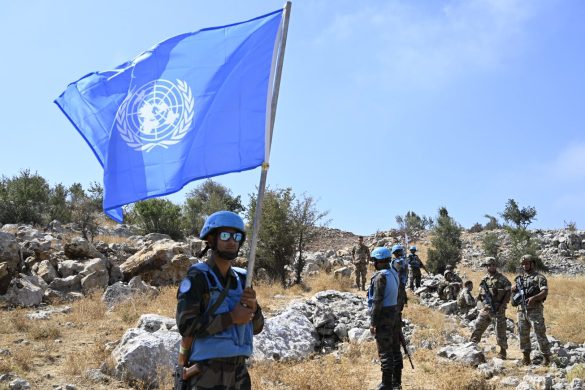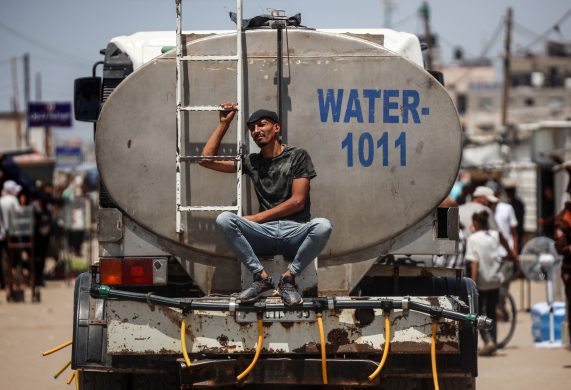Kommentar af Shanta Devarajan, cheføkonom i Verdensbanken
Halvdelen er verdens støtteordninger til at holde prisen på energi nede findes i Mellemøsten og Nordafrika, kaldet MENA-regionen. Disse subsidier har været udsat for voldsom kritik, fordi de suger penge fra investeringer i sundhed, uddannelse og andre vigtige sektorer.
Egypt for instance spends seven times more on fuel subsidies than on health. Furthermore, the allocation of these subsidies is heavily skewed towards the rich, who consume more fuel and energy than the poor.
In Yemen, the portion of fuel subsidies going to the richest quintile was 40 percent; the comparable figure in Jordan was 45 percent and in Egypt, 60 percent.
These criticisms, while valid, may be understating the real damage done by these subsidies to the economies of the MENA region.
Growth.
By their sheer magnitude (5-10 percent of GDP), energy subsidies may be undermining economic growth in MENA. There is a positive and statistically significant association between per-capita GDP growth and gasoline prices in the MENA region between 1998 and 2012.
By contrast, in the Europe and Central Asia (ECA) region, where fuels are taxed rather than subsidized, the relationship between per capita growth and fuel prices is negative. These findings suggest that in MENA, there are efficiency gains from raising fuel prices to market levels, whereas in ECA, increasing these prices increases the distortions from taxation.
Employment.
The MENA region has the highest unemployment rate in the developing world. While there is a host of reasons for this, energy subsidies may be a contributing factor.
Energy subsidies help energy-intensive firms. These firms tend to be more capital-intensive, larger and older. But productive jobs are created by young, dynamic, small firms—which are solely lacking in the region. In other words, energy subsidies are a tax on labor.
Road safety.
The MENA region has some of the highest rates of road accidents in the world.
While there is variation across countries in the region, there is a negative and statistically significant relationship between fuel prices (both gasoline and diesel) on the one hand and road death rates and road injury rates on the other. Low fuel prices are an incentive to drive more and possibly faster.
Air pollution.
Urban areas of MENA have some of the world’s highest rates of air pollution in general, and motor vehicle air pollution deaths in particular.
Both common sense and measured elasticities of demand indicate that fuel subsidies contribute to more vehicle-kilometers traveled, more trips, and less use of alternate modes, such as walking, cycling or public transport. In short, low gasoline prices encourage fuel consumption that, in turn, generates air pollution.
Læs videre på
http://blogs.worldbank.org/futuredevelopment/corrosive-subsidies-mena
Begynd fra: “Water. At 500 cubic meters per capita per annum of….”














